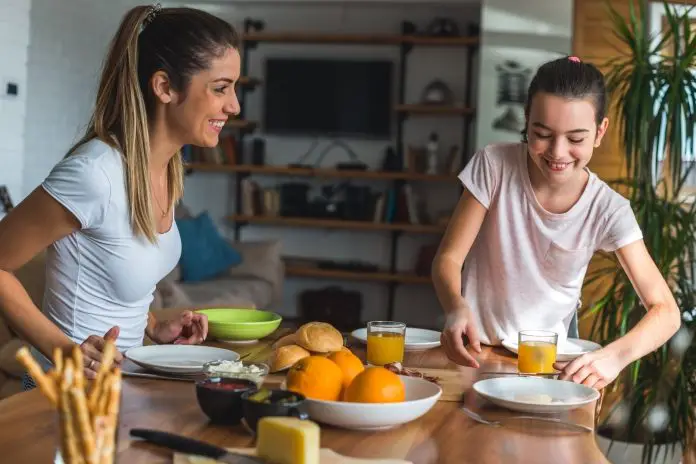Key Takeaways
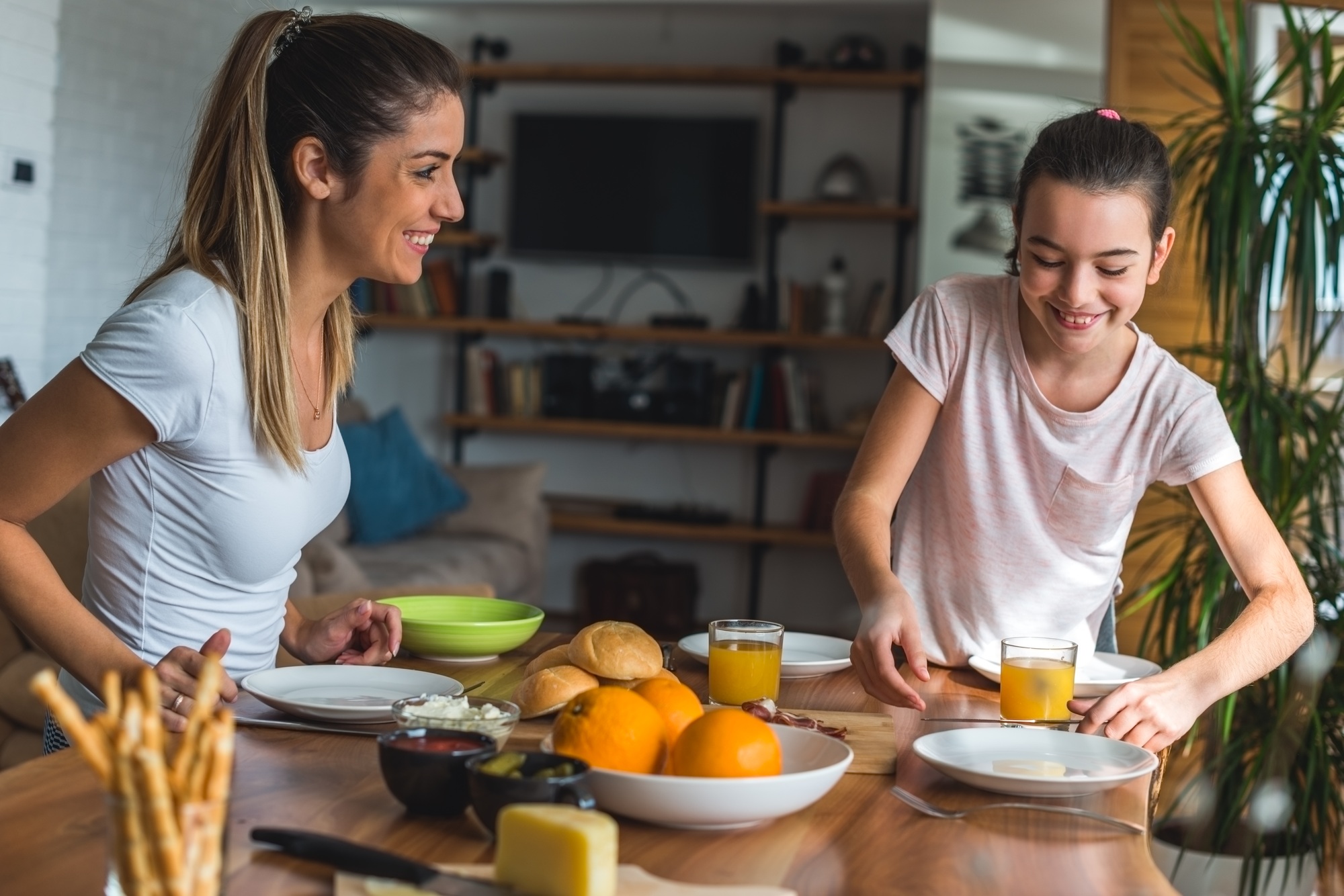
- Purpose and Niche: Clearly define the purpose of your food blog and focus on a specific niche to attract and engage a dedicated audience.
- Target Audience: Understand who your readers are to create relevant and engaging content that resonates with their interests and needs.
- Blog Setup: Carefully select a blogging platform like WordPress and choose a memorable domain name that reflects your niche for a cohesive online presence.
- Quality Content Creation: Develop a structured content strategy, write engaging posts, and use clear recipes and visuals to enhance reader engagement and retention.
- Photography Skills: Invest time in learning food photography basics, such as using natural light and thoughtful composition, to elevate the visual appeal of your blog.
- Promotion and Monetization: Utilize social media for promotion, network with other bloggers, and explore various monetization strategies like affiliate marketing and sponsored content to grow your blog’s reach and income.
Starting a food blog can be an exciting journey that combines your passion for cooking with your love for sharing. Whether you want to document your culinary adventures or inspire others with your recipes, the possibilities are endless. With the right approach, you can turn your kitchen creations into a vibrant online community.
Understanding the Purpose of a Food Blog
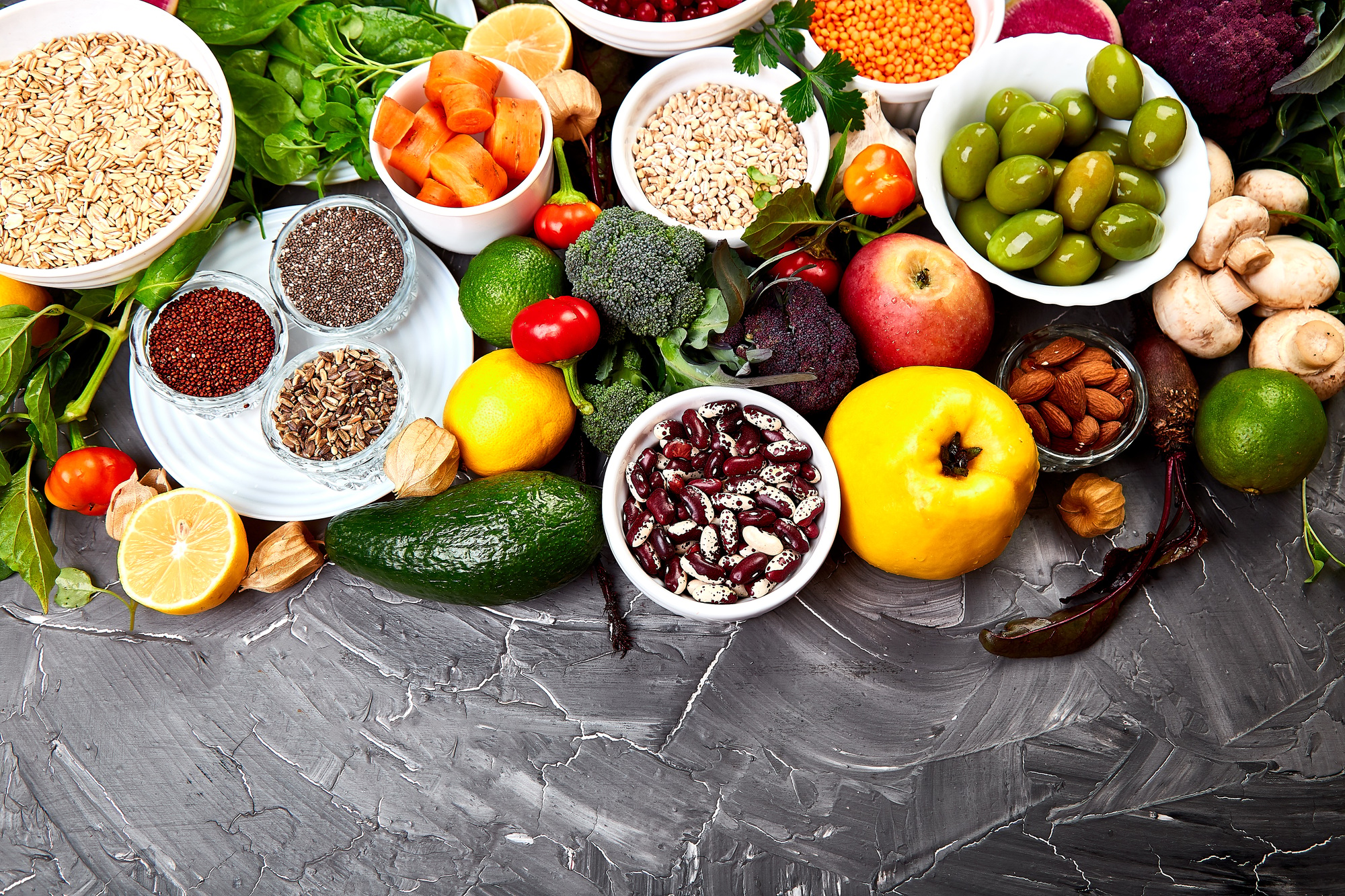
A food blog serves as a platform to share culinary experiences, recipes, and insights. Establishing a clear purpose enhances your blog’s effectiveness and helps you connect with readers.
Defining Your Niche
Defining your niche sets your food blog apart. Consider focusing on specific areas like healthy cooking, vegan recipes, or local cuisine. Tailoring your content to a specific niche attracts a dedicated audience and establishes your brand identity. You optimize content strategy by consistently aligning recipes and posts with this niche.
Identifying Your Target Audience
Identifying your target audience increases engagement. Determine who you want to reach—home cooks, busy parents, or food enthusiasts. Understanding their interests and preferences allows you to create content that resonates with them. You can conduct surveys or analyze social media interactions to find valuable insights. Knowing your audience helps you address specific needs, leading to meaningful connections and a loyal following.
Setting Up Your Blog

Establishing a food blog requires careful planning and execution. You’ll navigate several key areas, including platform selection and domain naming. Each step contributes significantly to your blog’s success.
Choosing a Blogging Platform
Select a blogging platform that aligns with your goals. WordPress stands out as a leading choice due to its flexibility and customization options. Many businesses benefit from its numerous themes, plugins, and user-friendly interface. Consider platforms like Squarespace and Wix for their ease of use and modern designs. Evaluate each platform’s features against your budget and technical expertise to find the best fit for your food blog.
Selecting a Domain Name
Choose a domain name that reflects your niche and resonates with your target audience. Keep it short, memorable, and easy to spell. Incorporate relevant food terms or your unique selling proposition. Many web hosting companies offer affordable domain registration options, and some even provide a free domain name when you host with them. Ensure the name aligns with your branding for a cohesive online presence.
Creating Quality Content
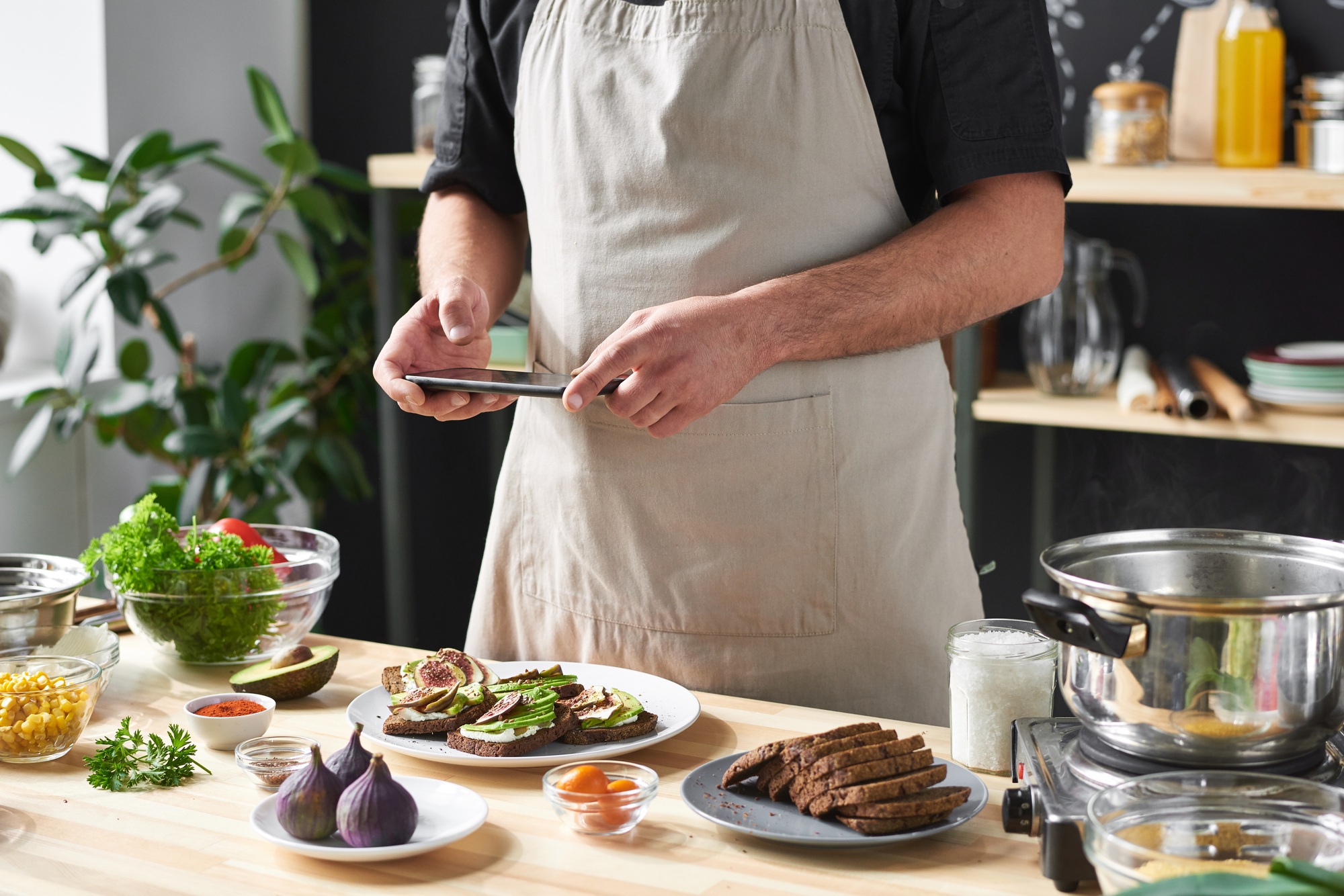
Creating quality content forms the backbone of a successful food blog. Focused efforts in content strategy and engagement can significantly enhance your blog’s appeal to your target audience.
Developing a Content Strategy
Develop a structured content strategy that aligns with your blog’s niche. Identify key topics that resonate with your audience, such as recipes, cooking tips, or food trends. Schedule regular posts to maintain consistency. Utilize analytics tools to track which topics generate the most engagement, allowing you to refine your strategy over time. Plan content around seasonal themes or special occasions to leverage timely interests in food. Consider collaborating with other small businesses or local producers to expand your reach and offer unique insights.
Tips for Writing Engaging Posts
Write engaging posts by focusing on clarity and connection. Use clear language, concise recipes, and logical instructions. Start with a strong introduction that captivates readers’ attention. Incorporate personal stories or anecdotes for relatability, inviting readers into your culinary experiences. Use bullet points and numbered lists for recipes to facilitate easy navigation. Ask questions or encourage comments to foster interaction. Visual elements, such as high-quality images and relevant graphics, enhance the reading experience, making it more appealing to your audience.
Photography and Visuals

Photography plays a crucial role in crafting a successful food blog. High-quality images not only attract attention but also enhance engagement, making your blog more appealing to your audience.
Importance of Food Photography
Food photography significantly impacts your blog’s visual appeal. Engaging images draw readers in, as the saying “we eat with our eyes” emphasizes the necessity of appetizing visuals. Creative photographs tell stories and stir emotions, motivating readers to try recipes or explore restaurants you recommend. Moreover, high-quality visuals boost search engine optimization (SEO) and improve user engagement, resulting in increased shares and return visits to your content.
Basic Photography Tips for Beginners
Implementing basic photography tips can elevate your food blog’s visuals.
- Natural Lighting: Use natural light whenever possible. Soft, indirect sunlight creates appealing images without harsh shadows.
- Composition: Pay attention to composition. Use the rule of thirds to create balanced photos that attract the viewer’s eye.
- Angles: Experiment with different angles. Overhead shots work well for flat dishes, while side angles showcase layers in foods like cakes.
- Backgrounds: Choose clean, uncluttered backgrounds to emphasize the dish. Simple textures or colors can enhance the overall aesthetic without distracting.
- Editing: Enhance your photos through editing tools. Adjust brightness, contrast, and saturation to bring out the best in your images.
By mastering these photography basics, you strengthen your food blog’s visual presence, helping your small business attract and retain a dedicated audience.
Promoting Your Food Blog
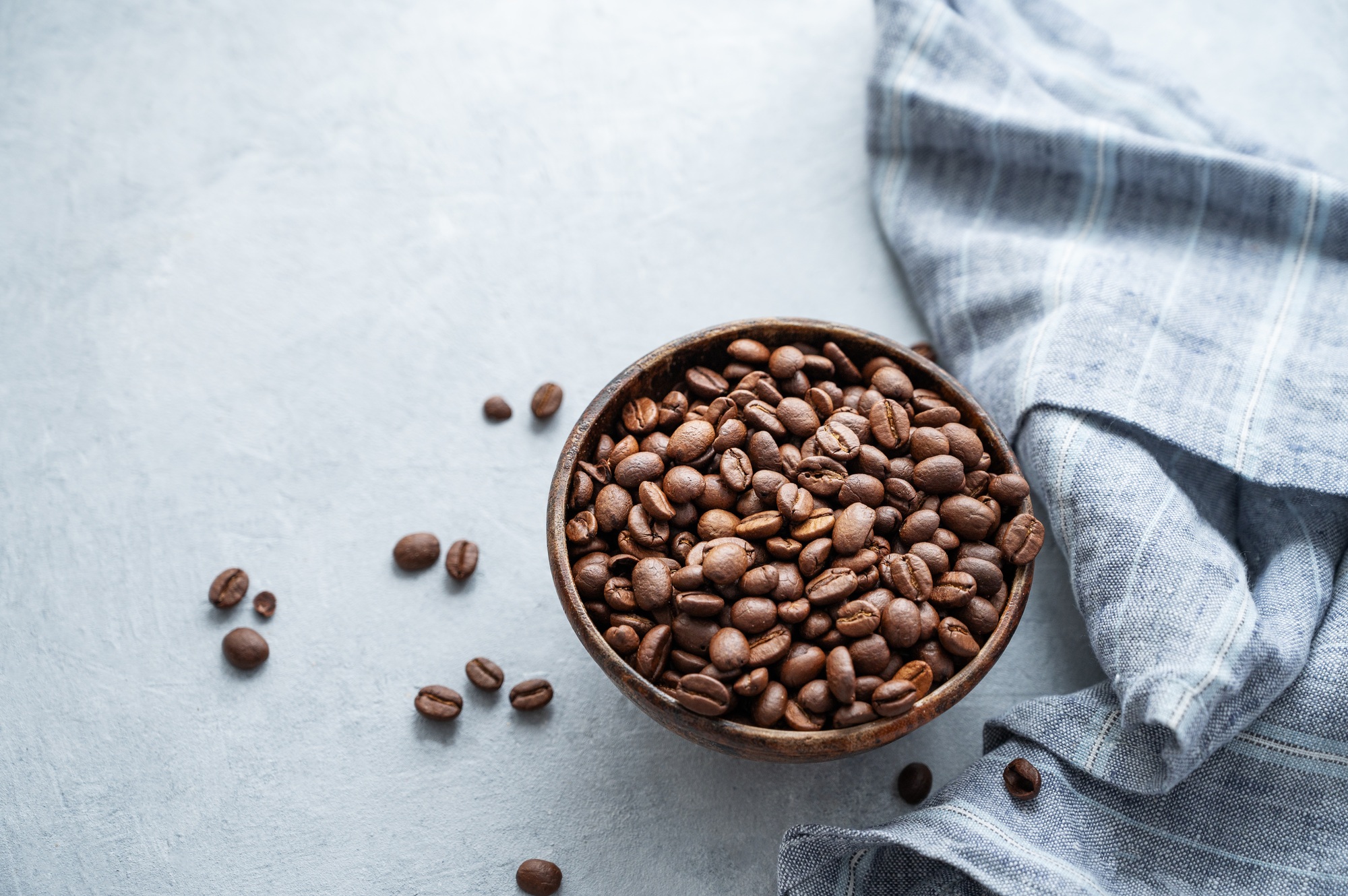
Promoting your food blog enhances visibility and attracts a dedicated audience. Strategic promotion helps your small business gain traction in the competitive online world.
Utilizing Social Media
Leverage major social media platforms like Instagram, Facebook, and Pinterest to promote your content. Share eye-catching images, snippets of recipes, and engaging stories. Use relevant hashtags to reach broader audiences and encourage followers to interact with your posts. Implementing consistent branding across platforms builds recognition and trust. Establish a posting schedule to maintain engagement and promote your latest blog entries. Analyze performance metrics to refine your strategies and maximize reach.
Networking with Other Bloggers
Network with fellow food bloggers to create meaningful connections. Collaborate on guest posts, share each other’s content, and participate in food blogger events or webinars. Joining blogging communities can help you gain insights and tips from experienced bloggers. Offer support through comments and social media shares to build relationships. By forming alliances, you enhance your visibility and tap into new audiences, benefitting your blog’s growth and establishing your presence within the food blogging community.
Monetizing Your Food Blog

Monetizing your food blog involves leveraging various income streams to create a sustainable small business. Implementing multiple strategies ensures a balanced approach to revenue generation.
Exploring Various Income Streams
Consider diverse options to monetize your blog. Popular income streams include:
- Ad Revenue: Utilize Google AdSense or direct partnerships with brands to display ads. Ads can generate income based on clicks or impressions.
- Sponsored Content: Collaborate with food brands to create sponsored posts. Brands pay you to feature their products, allowing you to maintain creative freedom.
- Selling Products: Offer your own products, such as e-books, cooking courses, or merchandise. Create unique offerings that resonate with your audience’s interests.
- Consulting Services: Leverage your expertise by offering consulting services to restaurants or aspiring food bloggers. This establishes additional revenue and positions you as an authority in the niche.
Understanding Affiliate Marketing
Affiliate marketing presents a lucrative opportunity for food bloggers. You earn commissions by promoting products, usually through unique referral links. To succeed:
- Choose Relevant Products: Select products that align with your blog’s niche. For example, promote kitchen gadgets, cookbooks, or cooking classes.
- Create Quality Content: Integrate affiliate links into valuable content. Write honest reviews or helpful tutorials that naturally incorporate these links, increasing the likelihood of conversions.
- Track Performance: Use analytics tools to monitor link performance. Understanding what resonates with your audience helps refine your strategies over time.
Embracing these monetization tactics enhances your blog’s earning potential. Focusing on quality content and strategic partnerships can establish your food blog as a trusted brand in the small business community.
Conclusion

Starting a food blog is an exciting venture that combines your love for cooking with the joy of sharing. By defining your niche and understanding your audience, you can create engaging content that resonates and fosters community.
As you embark on this journey, remember to invest time in quality photography and effective promotion strategies. Utilize social media to showcase your culinary creations and connect with fellow bloggers.
With dedication and creativity, you can turn your food blog into a thriving platform that not only inspires others but also opens doors to monetization opportunities. Embrace the process and enjoy every moment of sharing your culinary adventures.
Frequently Asked Questions

What is the purpose of starting a food blog?
A food blog serves as a platform to share culinary experiences, recipes, and insights. It allows you to document your cooking journey, connect with others who share your passion, and inspire readers with your unique take on food.
How do you choose a niche for your food blog?
Choosing a niche is essential for distinguishing your blog from others. Consider your interests, such as healthy cooking or local cuisine, and select a focus that resonates with your target audience to attract dedicated readers.
What blogging platform is recommended for food blogs?
WordPress is often recommended for food blogs due to its flexibility and customization options. However, alternatives like Squarespace and Wix are also user-friendly and can suit those who prefer simpler designs.
Why is quality content important for a food blog?
Quality content is the backbone of a successful food blog. It engages readers, builds trust, and encourages loyalty. Regular, structured posts that align with your niche help foster meaningful connections with your audience.
How can photography improve my food blog?
High-quality food photography attracts readers and enhances engagement. Great images can draw in visitors, improve SEO, and create a visually appealing experience, which is crucial for enticing your audience to explore your content.
What are effective ways to promote a food blog?
Utilize social media platforms like Instagram, Facebook, and Pinterest to share engaging visuals and snippets from your blog. Consistent branding, networking with other food bloggers, and using relevant hashtags can help expand your audience.
How can I monetize my food blog?
Monetization options for food blogs include ad revenue, sponsored content, selling e-books or courses, and affiliate marketing. Diversifying income streams can create a sustainable business while establishing your brand’s reputation.
How can I connect with my audience on my food blog?
Encouraging interaction through questions in your posts and responding to comments helps build a sense of community. Engaging storytelling and relatable content resonate with readers, fostering loyalty and deeper connections.
Image Via Envato


